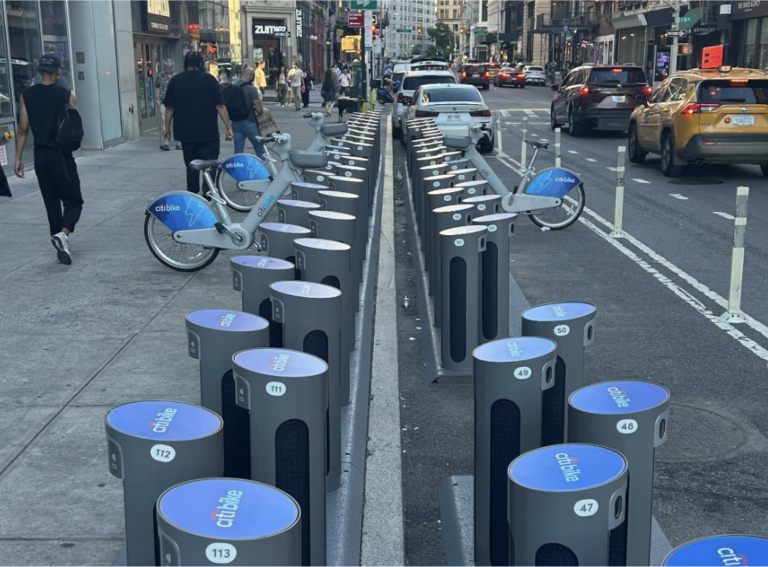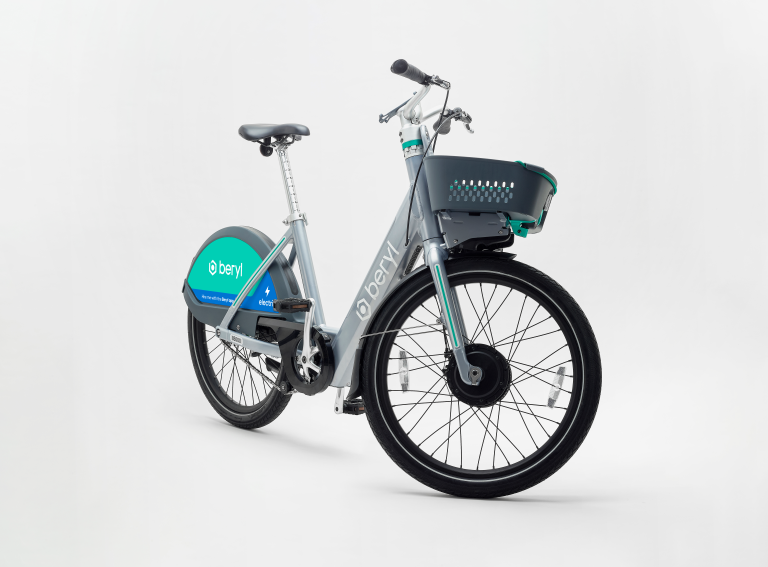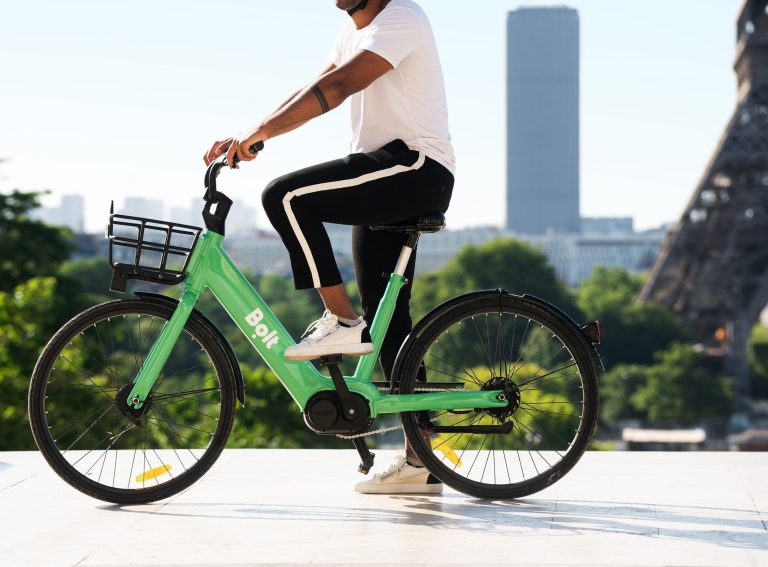Author (on the Left👈) Brandon Schuh, Senior Vice President at U.S. Insurance Broker Christensen Group
Micromobility headlines might scream “carnage”, but don’t despair! This industry is undergoing essential adjustments, paving the way for a more sustainable future.
With every bubble, an adjustment has to occur in order to right-size the space. I would suggest we are in the “right-sizing” phase right now. But that doesn’t mean there are no opportunities because we’re certainly seeing them emerge.
Bird, Superpedestrian, Dott, CAKE, VanMoof and most recently Voi’s struggles highlight the limitations of early, resource-heavy models. But failure is natural; it sparks change. What we’re seeing right now is an adaptation to early failures with some adjustments that are enabling a foundation that can sustain some of the early hurdles in a better and more equitable way.
Early micromobility was very hands-on and resource intensive. The investor space seemed to dictate that top line growth was the only important ingredient for a successful operator recipe. This sort of idea has not been unique to the micromobility space. It thrived in an environment of low interest rates and unlimited capital. Unfortunately the macroeconomic space has changed a great deal – especially access to capital. What worked before is not going to work now.
The market correction
Scarce funding has forced a market correction. Entrepreneurs are adapting, seeking leaner, higher-margin models. We’re seeing a lot of private (closed loop) e-bike and e-scooter sharing schemes dominating our new business submissions from an insurance brokerage standpoint. And honestly, it’s a good business model. The claims exposure is significantly confined because the “public” element is neutralised. A large portion of claims that we DO see in the public, dockless space, are those that involve exposures which have nothing to do with the operator (think potholes). Without more municipal risks being brought into contractual indemnity agreements, the risk of litigation is dramatically reduced.
Subscriptions & D2C ownership on the rise
In addition to private fleet models (stationed at private businesses like hotels, apartment buildings, etc) we’re also seeing other adaptations. Subscription models with lower barriers and direct-to-consumer ownership are thriving. COVID proved, we want our own wheels! Product ownership is always the pinnacle of distribution because it cultivates loyalty faster and it (hopefully) creates a lifelong customer. Just ask Apple.
In addition to “brand” advantages, it also has a lot of insurance advantages that cannot be ignored.
- Goodbye forced insurance: No more outrageous, regulator-imposed limits. Direct-to-consumer and subscription models have a simpler, well-understood product liability structure. No draconian city contracts, just private agreements enabling easier access to higher insurance limits
- Advantage: manufacturers: As a former Risk Manager, I witnessed the difficulty of prosecuting product liability cases. The burden of proof lies heavily on the plaintiff, and manufacturers have significant advantages in defending claims based on science and causal connection. This is far better than the complex scenarios involving city-sponsored scooters and unpredictable infrastructure issues.
“$10M companies cannot be taking on the ‘public risk’ of the largest and densest cities in the world”
The outcome of these advantages leads us to better insurance defences but also better insurance coverage at a more affordable price tag.
When defences are not in your favour, policy writers are forced to exclude a lot of potential risk. Take New York’s indemnity language for instance for its shared scooter pilot. The language forces a lot of municipal risk onto the operator. The operator has nothing to do with potholes, road construction, bike lane infrastructure or anything besides making sure that their scooter is safe to drive. As a public operator though, they are going to be held responsible through their contract with the city. Why? Because the positioning of micromobility right now within most cities is that they want it as a service to their constituents, but they don’t want to be a partner in the risk. That has to change if we want a sustainable “public” micromobility programme. $10M companies cannot be taking on the “public risk” of the largest and densest cities in the world. It’s a David vs. Goliath type of request. It makes no sense. Cities must become partners. They must share in the risk because of the benefit to the people and the environment. There needs to be a clear delineation between operator negligence and city negligence, writing that out in the contracts. A business model that relies on a city contract can’t operate without a partnership from the city. If that changes, we can expect some changes to insurance capacity and pricing.
In the meantime, I’m bullish on the future of micromobility. Entrepreneurs in the space are doing what they are wired to do: adapt to succeed. We’re seeing a lot of new business submissions. We’re also seeing a lot of cohort groups form and start collaborating on best practices. Something I strongly believe could benefit the micromobility space would be an association group composed of manufacturers, operators, professional consultants, risk management, legal, and other instrumental and ancillary businesses that touch this space. Every industry has competitors, but the most effective industry segments collaborate and instil best practices by learning from one another. Hopefully we can continue down the path of making that a reality for the micromobility space.











